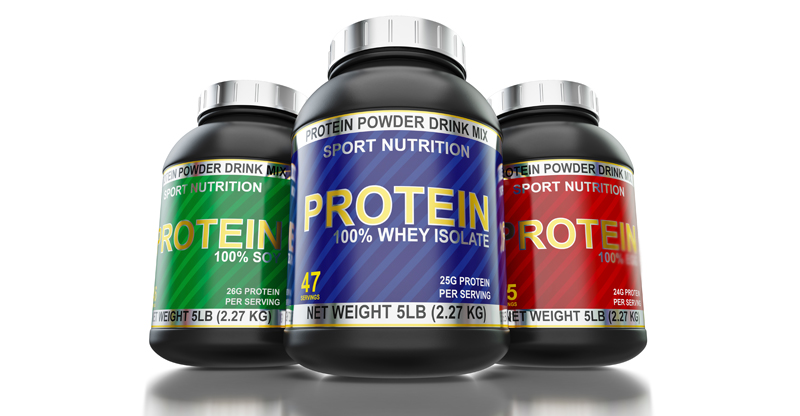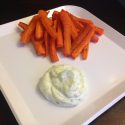The scoop on protein powder
You hear a lot of side conversations at the gym between bench press or squat sets. Lately I have heard a lot of conversations about protein shakes! The participants typically share their experience about a specific brand of protein powder. They share their favorite flavors, when they take the protein powder and how often — but they seem to forget to share what type of protein they are taking and why. So let’s answer some basic questions.
What are protein powders made of?
There are actually three different popular types of protein powders. The three different types are whey, casein, and soy protein.
Whey protein
This type is a water-soluble protein from milk, and the most commonly used protein. Think of it as the watery portion of milk that is separated from the curds to make cheese. Whey protein can come in a powder form that is ready to mix with water, or it can come in a ready-to-drink option. It contains all nine essential amino acids. People who are sensitive to lactose or allergic to casein may choose whey protein because it’s low in lactose. It is also considered a fast-digesting protein, so it acts quickly in the body, unlike casein.3
Casein protein
Casein is the main protein in milk next to whey. Unlike whey protein, it is insoluble in water. You can think about casein as the curds being formed in milk. The biggest difference between casein and whey is how fast the body digests them and the amount of lactose they contain. Casein is digested more slowly, so it is good for a slow and steady release of amino acids.3 Some athletes take casein right before bed so they will have a steady release of amino acids that are helpful for muscle development.
Soy protein
Unlike whey or casein, this type of protein comes from a vegetable. It’s a great source for vegetarians and vegans looking for a non-animal protein source. Soy protein contains all nine essential amino acids, just like whey and casein. It also offers additional nutrients such as fiber and omega-3s, and it’s naturally cholesterol free and low in saturated fat.
How much protein do you really need?
Most people and even athletes can get their protein needs by eating sources of lean protein like meat, chicken, and dairy products. Healthy adults are recommended to get about 45 to 56 grams of protein per day. Here is the protein recommendation chart from the United States Anti-Doping Agency (depending on your goals):2
Endurance training: 0.54-0.64 g of protein per pound of body weight
Strength training (to gain muscle): 0.72-0.81 g of protein per pound of body weight
Strength training (maintain muscle): 0.54-0.64 g of protein per pound of body weight
What’s the best way to choose a protein powder?
I know there are many protein powders out there. So I would recommend taking a step back and looking at what you are trying to achieve with the protein powder. Here are some recommendations on how to choose a powder:
- Do your research. Each brand offers different amounts of protein, carbohydrates, and fats.
- Determine what your goals are. Are you becoming an endurance athlete or are you trying to gain muscle mass? Keeping your goal in mind will help you find a good target for your daily protein intake.
- Try a sample packet of the protein before buying a big container. Many brands offer a little sample pack to try. This will let you determine if you like the taste of the powder and keep you from wasting money on something you don’t like.
Resources:
- Dangin, M.,Boirie, Y., Garcia-Rodenas, C., Gachon, P., Fauquant, Callier P., Ballèvre, O., Beaufrère B. (February 1, 2001). The digestion rate of protein is an independent regulating factor of postprandial protein retention. American Journal of Physiology, 280, 2, E340-E348.
- United States Anti Doping Agency: http://www.usada.org/resources/nutrition/proteins-role-as-a-team-player/
- Willoughby, D.S., Stout, J.R., Wilborn. (September 20, 2006). Effects of resistance training and protein plus amino acid supplementation on muscle anabolism, mass, and strength. Amino Acids, 2007, 32,467-477.




